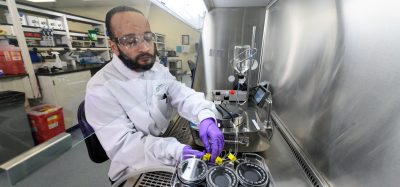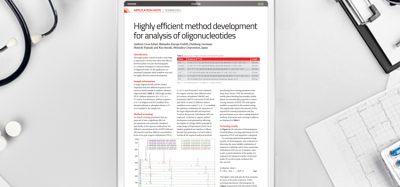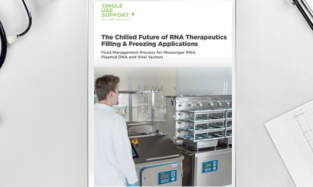Abbott introduces next generation laboratory automation solution to help meet increased testing demand
Posted: 16 April 2013 | European Pharmaceutical Review | No comments yet
Abbott today announced the global launch of the ACCELERATOR® a3600, a next generation automation solution, to help laboratories address the need to process tests faster while handling increased volume. Advances in technology and automation within the lab have led to more timely results leading to improved patient care. Automation systems include the various instruments, devices, and software algorithms used in laboratories.
“As laboratories around the world face challenges due to staffing shortages, budget constraints, and increased demands, advances in automation technology such as Abbott’s ACCELERATOR a3600 can help labs be more efficient and productive,” said Brian Blaser, executive vice president, Diagnostics Products, Abbott. “Labs using automation can achieve more than 40 percent greater efficiency, helping them adapt to meet current and future demand, which is particularly important as approximately 70 percent of medical decisions are informed by diagnostic testing.”1,2
The ACCELERATOR a3600 is a laboratory automation track system that can process up to 3,600 samples per hour and handle multiple tube sizes and types simultaneously. By automating routine, manual tasks, this system may help labs reduce error and improve efficiency. Another advantage of the system is a modular design that offers labs the ability to install up to 99 combined analyzers and modules on a single system, which means that labs can address their testing needs today while planning for the future.
The ACCELERATOR a3600 automation solution, developed with Abbott partner Swiss-based Inpeco SA, is available worldwide pending country registration. To learn more about the role diagnostics can play in increasing quality and efficiency in labs, please click here.
Intended Use
The ACCELERATOR a3600 is a modular system designed to automate pre-analytical and post-analytical processing, sample-handling, and processing in the laboratory. The system consolidates multiple analytical instruments into a unified workstation by employing a common sample processing capability. Through communication connections among the automation system, analyzers, and the laboratory information system (LIS) or middleware, the automation software provides workload and sample-order management, as well as instrument operational status monitoring.
For complete information, see the product information at www.abbottdiagnostics.com.
References
- Rajkovich, D, Mercer, W. The Impact of Automation on Laboratory Operations. CHI Solutions 2009; 1-3.
- Diagnostics and Policy: Innovation and Value. AdvaMedDX.org. Accessed March 7, 2013.








